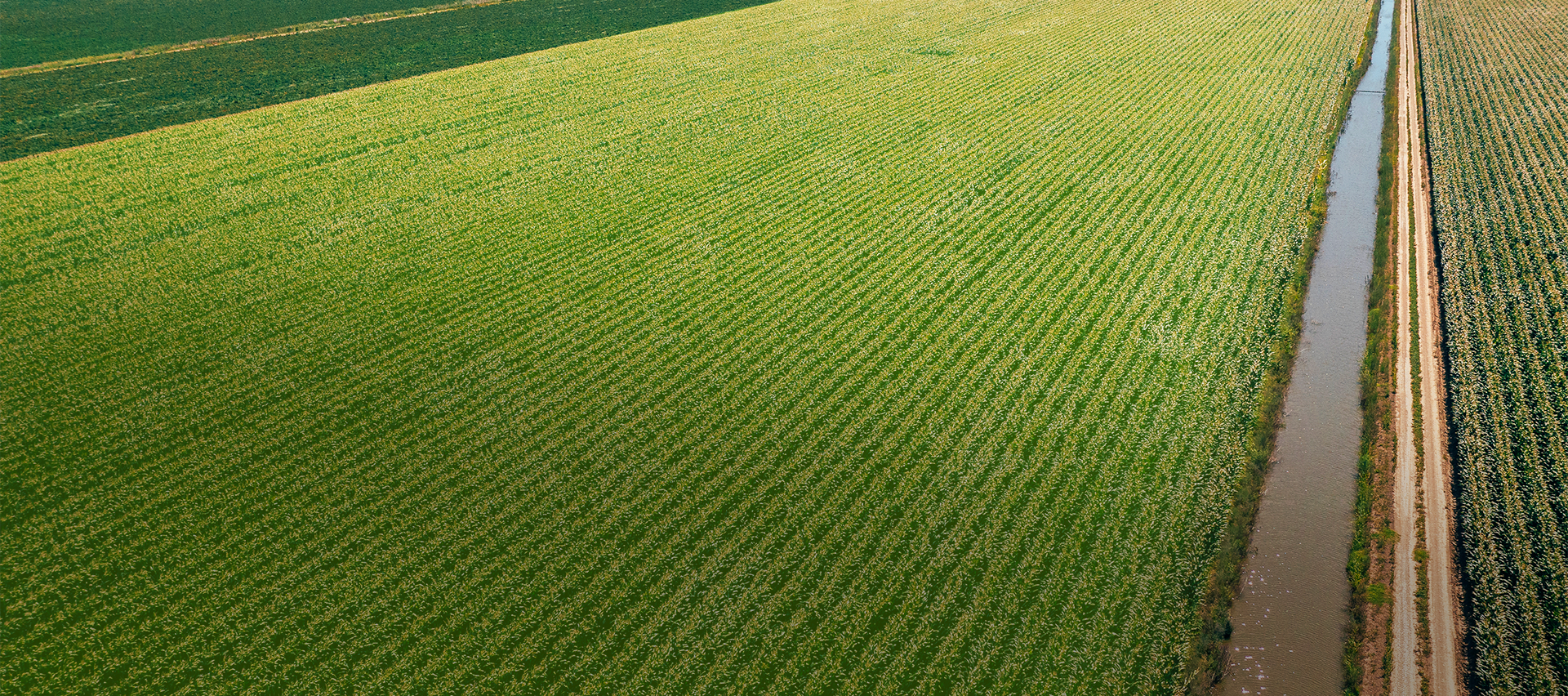The cost implications of drip irrigation compared to pivot irrigation systems can vary significantly. Sub-surface drip irrigation generally involves a higher initial investment due to the cost of the system and installation. This system is designed for long-term use, which can justify the upfront costs over time through benefits like reduced water usage and increased crop yields and quality. Surface drip irrigation systems cost less to install than SDI systems, with options of annual laterals and retrieval, and this cost should be considered in the long-term analysis. Although pivot irrigation systems are more expensive than Surface to set-up, they usually have a lower initial setup cost than SDI, making them more accessible for some conditions and farmers. However, their efficiency and overhead method of watering can lead to water waste and increased plant disease risk due to wet foliage potentially increasing operational expenses over time. Ultimately, while Surface and sub-surface drip irrigation has a higher upfront cost, it can lead to significant long-term savings through improved efficiency, lower water usage, and higher yields. In some applications, especially on leased land and for allowing different rotation crops, a surface drip system is more suited. In contrast, pivot systems may appear less expensive initially but can be more costly in the long run due to potentially lower crop yields and input inefficiency.
